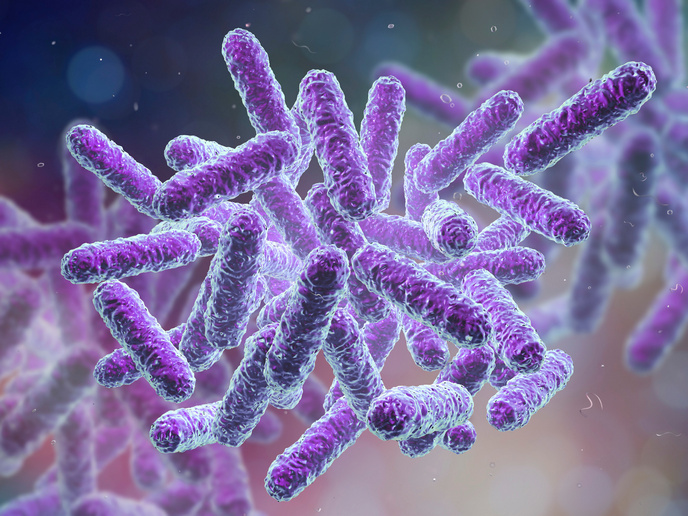DNA nanodevices come a step closer to reality
DNA origami is a type of DNA self-assembled structure that can be programmed to form specific hooks to desired molecules. It is typically a flat structure of approximately 100 nm side, with over 200 positions on each face, where arbitrary DNA strands, proteins or polymers can bind and stabilize onto the DNA in predesigned paths and patterns. With diameters measuring 50 nm or less, nanodots can lead to innovative nano-scale devices. The META(opens in new window) (Materials enhancement for technological applications) consortium successfully immobilized rectangular DNA origami that served as assembly breadboards, suspended across gold nanodots of 25 nm diameter – a construction base for building sophisticated nanodevices. They also assembled aptamers and other biomolecules at selected locations on the DNA breadboards. This hybrid organic-solid-state technology overcomes many of the bottlenecks that have so far hampered quick development of molecular electronics. In particular, precise positions, desired orientation and stability of organic molecular semiconductors on metal or oxide transducers have been major stumbling blocks. META partners used electron beam lithography to create gold nanodots and thiol linkers to attach the DNA origami breadboards to such gold nanoelectrodes. In the future, they will investigate more suitable electrode materials such as platinum, chromium, carbon nanotubes and graphene. Through density functional and classical molecular dynamics approaches, project members also studied the details of the interaction between short peptide sequences and specific materials such as titania and graphitic nanocarbon. The study of material specific peptide sequences can provide a formidable tool for attaching solid-state materials in preassigned positions with the desired orientation. Finally, the team assessed a methodology for calculating charge transfer rates along and across DNA breadboards. The peculiar properties originating at the interface of nano-structured ceramic oxides spawned another strand of research. In-depth understanding of the interplay between ion conductivity and physicochemical properties on nanometre scales can accelerate development of micro solid oxide fuel cells. Researchers employed pulsed laser deposition to fabricate thin-film oxide layers. Use of electrochemical strain microscopy and neutron spectroscopy enabled the team to probe at the nanoscale the local ion conductivity and gather important information on ion dynamics over a broad range of length and time scales in key processes of energy conversion devices such as fuel cells. Project work generated entirely new concepts in the development of micro and nanodevices. META was a collaboration between the EU and the United States.







